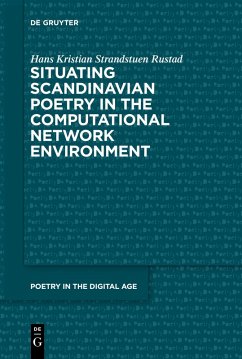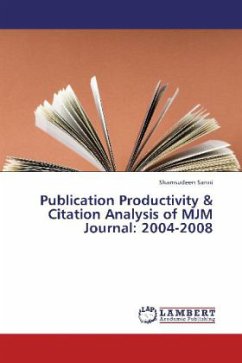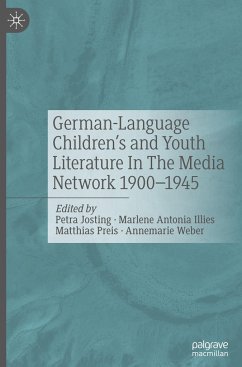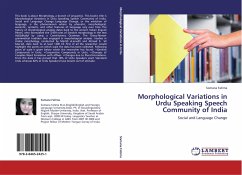
Network Theory and morphological productivity in Russian
Experimental evidence from elicited production and ratings
Versandkostenfrei!
Versandfertig in 6-10 Tagen
45,99 €
inkl. MwSt.

PAYBACK Punkte
23 °P sammeln!
This book presents an implementation of Joan Bybee's Network Theory (1985, 2001) in a hybrid model involving representations of both individual tokens and word types, which accounts for effects of word and pattern frequency using the single mechanism of competition for spreading activation. Network Theory is tested against Steven Pinker and colleagues' Dual Mechanism Model using experimental data examining phonological factors influencing suffix choice with novel words adopted into Russian. Evidence for Network Theory over the Dual Mechanism Model is provided by the findings that all competing...
This book presents an implementation of Joan Bybee's Network Theory (1985, 2001) in a hybrid model involving representations of both individual tokens and word types, which accounts for effects of word and pattern frequency using the single mechanism of competition for spreading activation. Network Theory is tested against Steven Pinker and colleagues' Dual Mechanism Model using experimental data examining phonological factors influencing suffix choice with novel words adopted into Russian. Evidence for Network Theory over the Dual Mechanism Model is provided by the findings that all competing suffixes are sensitive to which words the novel word is similar to, with no suffix acting as a default. A dissociation between the defining characteristics of a Dual Mechanism default is reported. Evidence for exemplar representations (along the lines of Rens Bod's Data Oriented Parsing) is provided by the finding that suffix choice is conditioned by both the body and the rime of the stem, suggesting that constituents can exhibit partial overlap.












